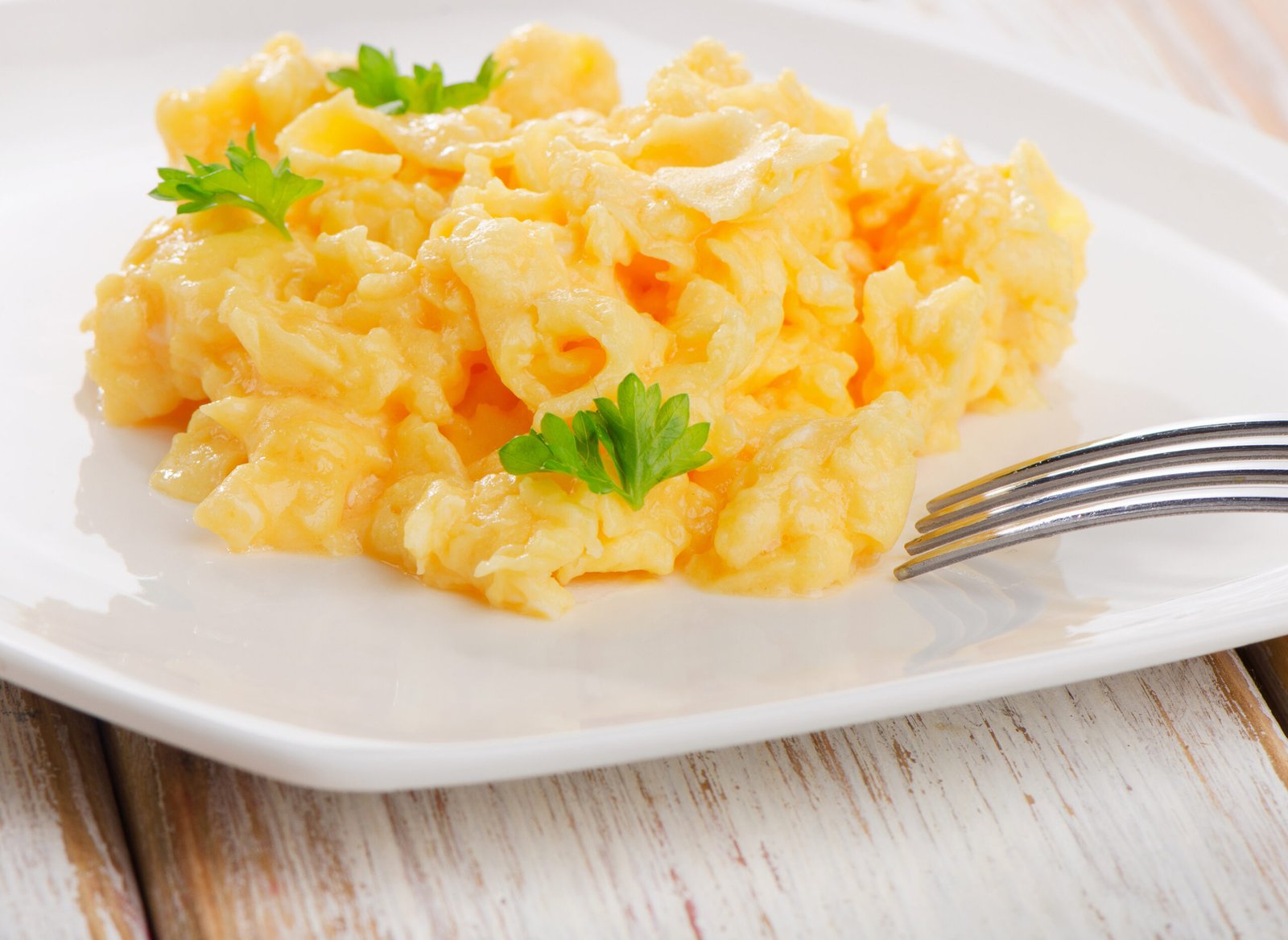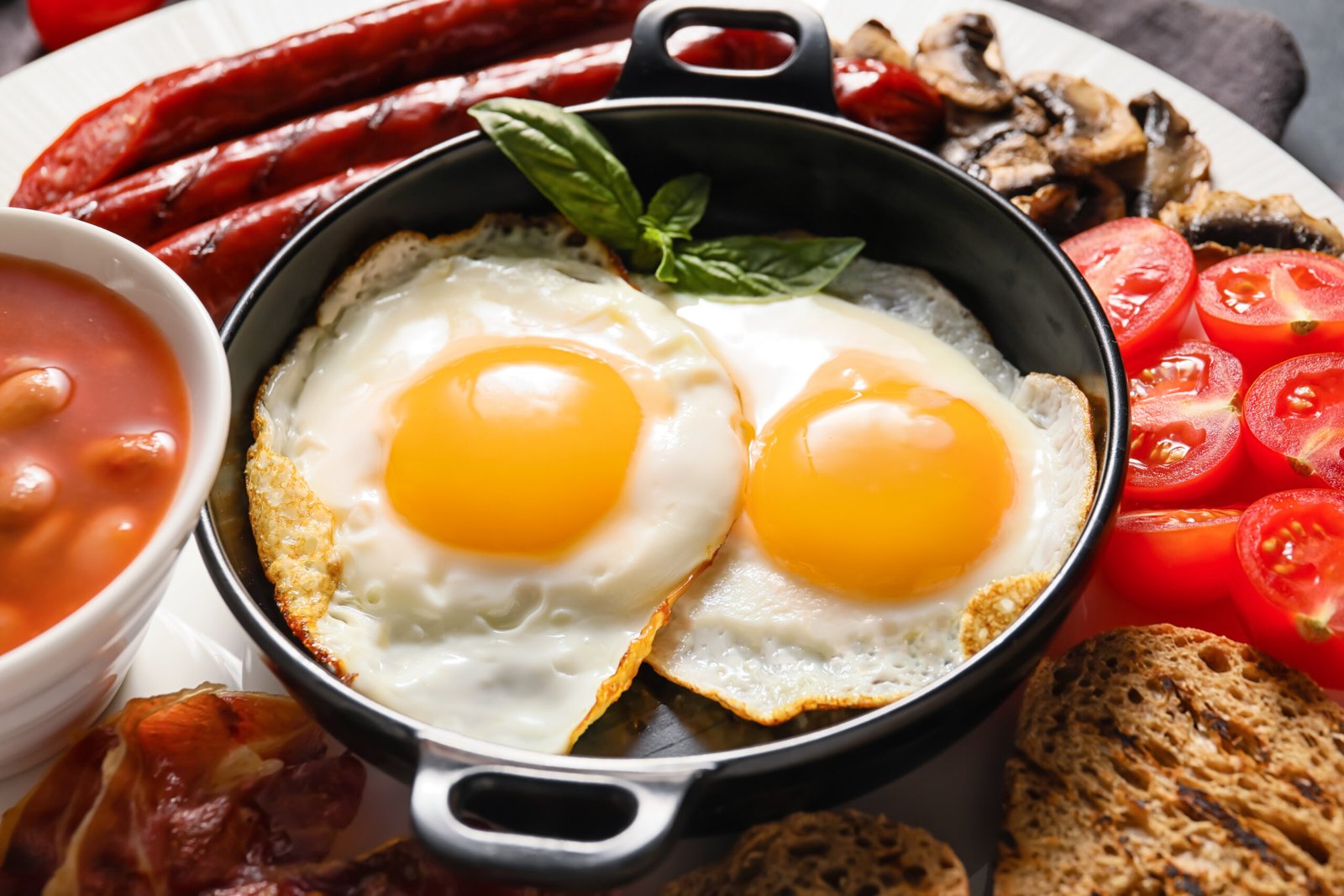A quick roundup of some of the most popular and easiest ways to cook eggs. In all cases, you can finish the eggs off with a sprinkle of salt and a dash of black pepper or whatever seasoning you desire:
Hard boiled
Place up to 5 eggs in a pot of water just high enough to cover them. Set the timer for fifteen minutes and turn heat to high. Make sure water does not boil over. When the timer goes off, rinse eggs in cool water and refrigerate or let them sit in cool water for a minute before handling then peel and eat.
How this works: In approximately 7 mins the water will boil. In approximately 8 mins from the onset of the boil, the egg will be perfectly cooked. (I have tried this timing and found it to work on many different stoves. But if you find your stove’s timing is different, adjust accordingly).
Scrambled: Low and slow
Whip up to 6 eggs together and cook in a well buttered or oiled pan on low heat. Use a rubber spatula to occasionally move eggs from bottom of pan. Cook for 10-15 minutes, removing from heat when slightly underdone.
| BIG QUESTION: Do I need to add milk to scrambled eggs: BIG ANSWER: No. While a little bit of liquid may make the eggs a little creamier, adding milk while mostly just dilute the flavor of the eggs and make them rubbery. |
Fried: Sunnyside up, Over Easy, or Over Well
You’ll want a nonstick pan, preferably an egg pan, well greased with butter or a neutral-flavored oil like vegetable oil or grapeseed oil. (Alternately, you can use a well greased stainless steel or cast iron skillet but the egg may not loosen as easily.)
Turn the heat to medium high. Once pan is warm, crack egg in pan. Let cook for a minute. Add 1 tsp water, pouring into the side of the pan, then cover with a glass lid. Cook until white is cooked through, edges are crispy, and yolk is mostly still. Serve sunnyside up as is, or if preferred, flip and cook for a minute on the other side and serve over easy (or cook for another minute to serve over well).
Soft Boiled
Place up to 5 eggs in a pot of water just high enough to cover them. Turn burner to high. Set timer for 13 minutes. When timer sounds, turn off heat, remove pan, and rinse eggs in cool water. Leave eggs to cool in a bowl of cool water for a minute before handling. Crack and cut or peel and serve.
These are some of our top techniques for getting perfect eggs quickly. For some alternatives, check out the top five ways to scramble eggs, the top five unusual ways to cook eggs, and the best egg pans for cooking the most eggsellent eggs.



